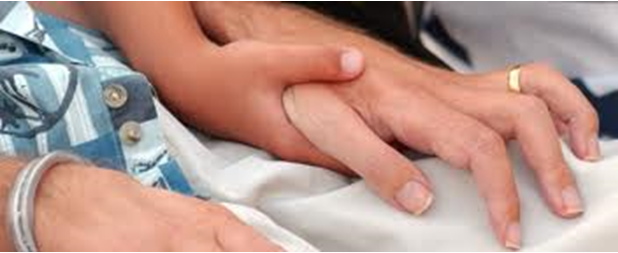Up to 1 in 10 cases of ALS is inherited. But the remainder appear to occur randomly.
Researchers are studying several possible causes of ALS, including:
- Gene mutation. Various genetic mutations can lead to inherited forms of ALS, which appear nearly identical to the non-inherited forms.
- Chemical imbalance. People who have ALS typically have higher than normal levels of glutamate, a chemical messenger in the brain, around the nerve cells in their spinal fluid. Too much glutamate is known to be toxic to some nerve cells.
- Autoimmune response. Sometimes a person’s immune system begins attacking some of his or her body’s own normal cells, and scientists have speculated that this may trigger the process that results in ALS.
- Protein malfunctioning. There’s evidence that proteins malfunctioning within the nerve cells can lead to a gradual accumulation of abnormal forms of these proteins in the cells, eventually causing the nerve cells to die.
- Other risk factors include:
-Military employment
-Being exposed to high levels of mercury
-Environmental toxins
-Pesticides in the grass (i.e. farms, soccer, and baseball fields)
-Males have higher chances than females
(Mayo Clinic, 2013)

This disease is so interesting and devastating. I find it interesting that Military employment is a risk factor. Thank you for presenting such great information.